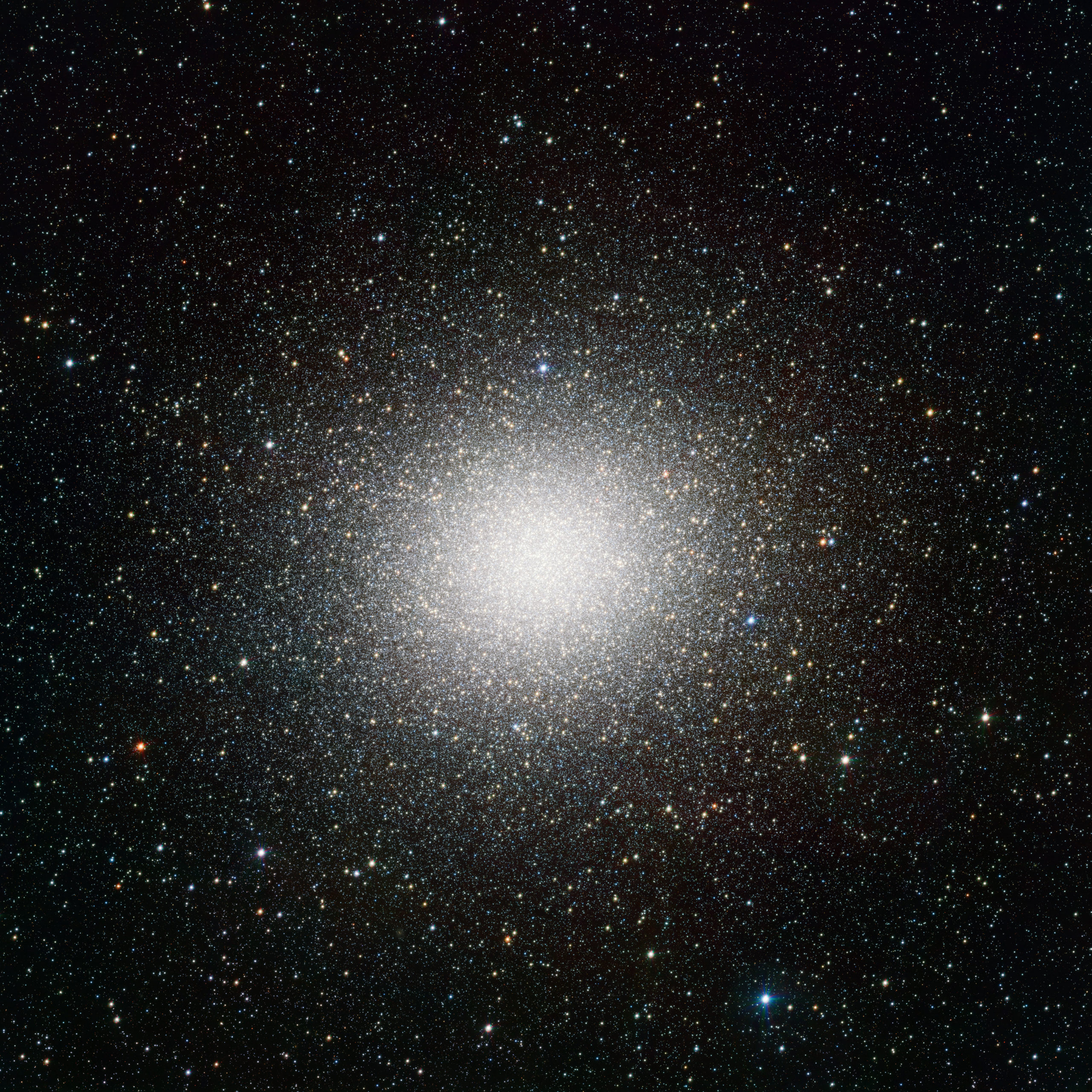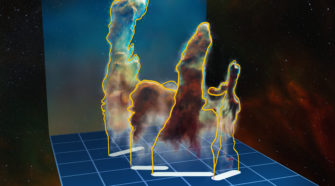Milky Way
NGC 6357: A cosmic ‘winter’ wonderland
Although there are no seasons in space, this cosmic vista invokes thoughts of a frosty winter landscape. It is, in fact, a region called NGC 6357 where radiation from hot, young stars is energizing the cooler gas in the cloud that surrounds them. This composite image contains X-ray data from NASA’s Chandra X-ray Observatory and …
Nearest star has planet in habitable zone
Earth-mass world spotted in orbit around Proxima Centauri Astronomers using ESO telescopes and other facilities have found clear evidence of a planet orbiting the closest star to Earth, Proxima Centauri. The long-sought world, designated Proxima b, orbits its cool red parent star every 11 days and has a temperature suitable for liquid water to exist …
Kepler has found Earth’s older, larger cousin
Some of the very fundamental questions about our existence – why we are here, what is out there, if we will ever find another planet similar enough to ours to live on – have come another step closer to being solved, today. The latest exciting Kepler Space Telescope planet-hunting discovery was announced by NASA this …
NGC 1333: Stellar sparklers that last
While fireworks only last a short time here on Earth, a bundle of cosmic sparklers in a nearby cluster of stars will be going off for a very long time. NGC 1333 is a star cluster populated with many young stars that are less than 2 million years old – a blink of an eye in …
Omega Centauri
This issue it was a coin toss for the spotlight object between The Great Globular Cluster in Hercules and Omega Centauri. Omega Centauri won as it is the largest by far of the Globular Clusters and it has the potential to be seen by more people in both hemispheres. It is visible in Southern Europe …
A new look in 3D at the Pillars of Creation
New study suggests that iconic structures more aptly named the Pillars of Destruction The original Hubble Space Telescope image of the famous Pillars of Creation was taken two decades ago and immediately became one of its most famous and evocative pictures. Since then, these billowing clouds, which extend over a few light-years, have awed scientists and the public …






